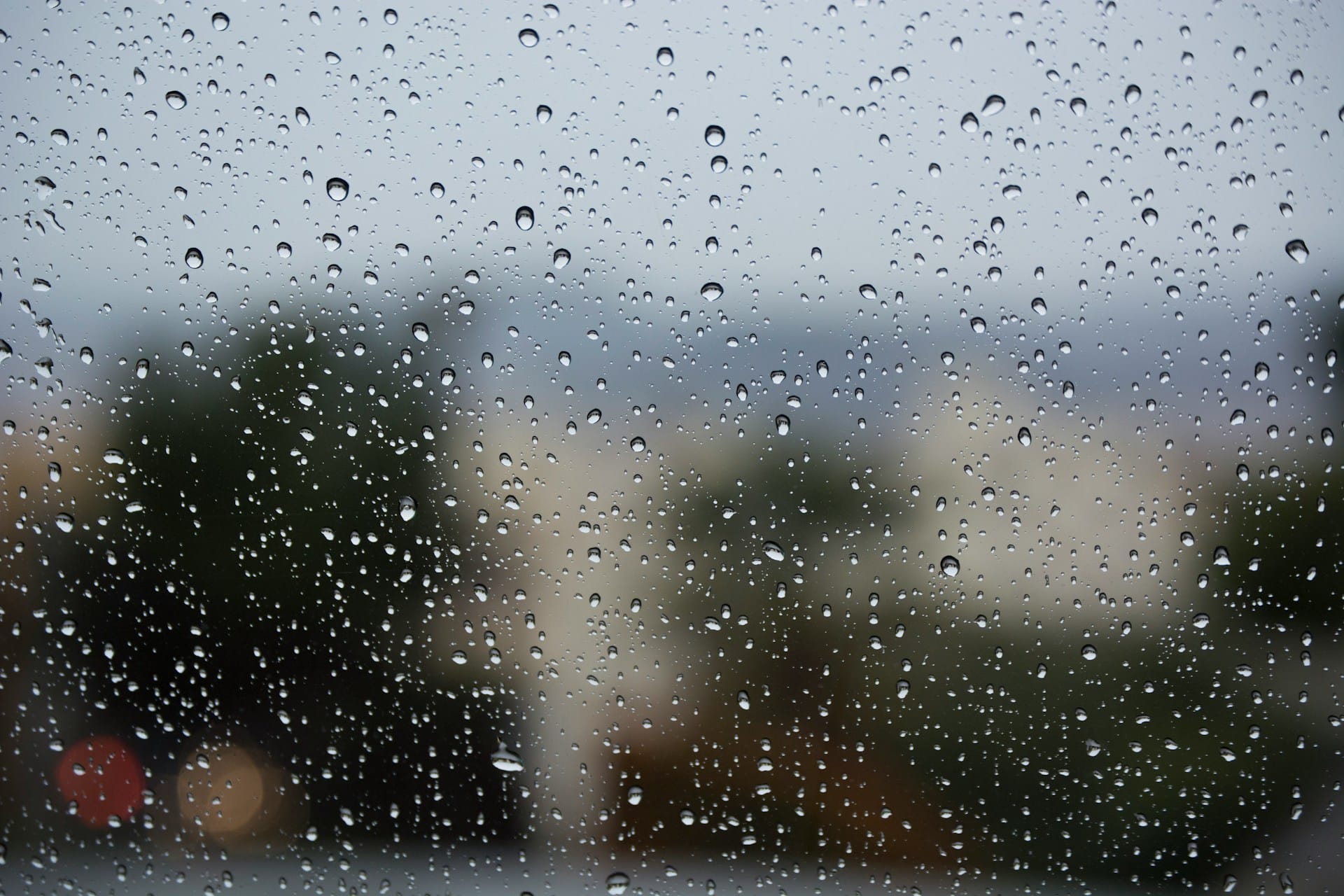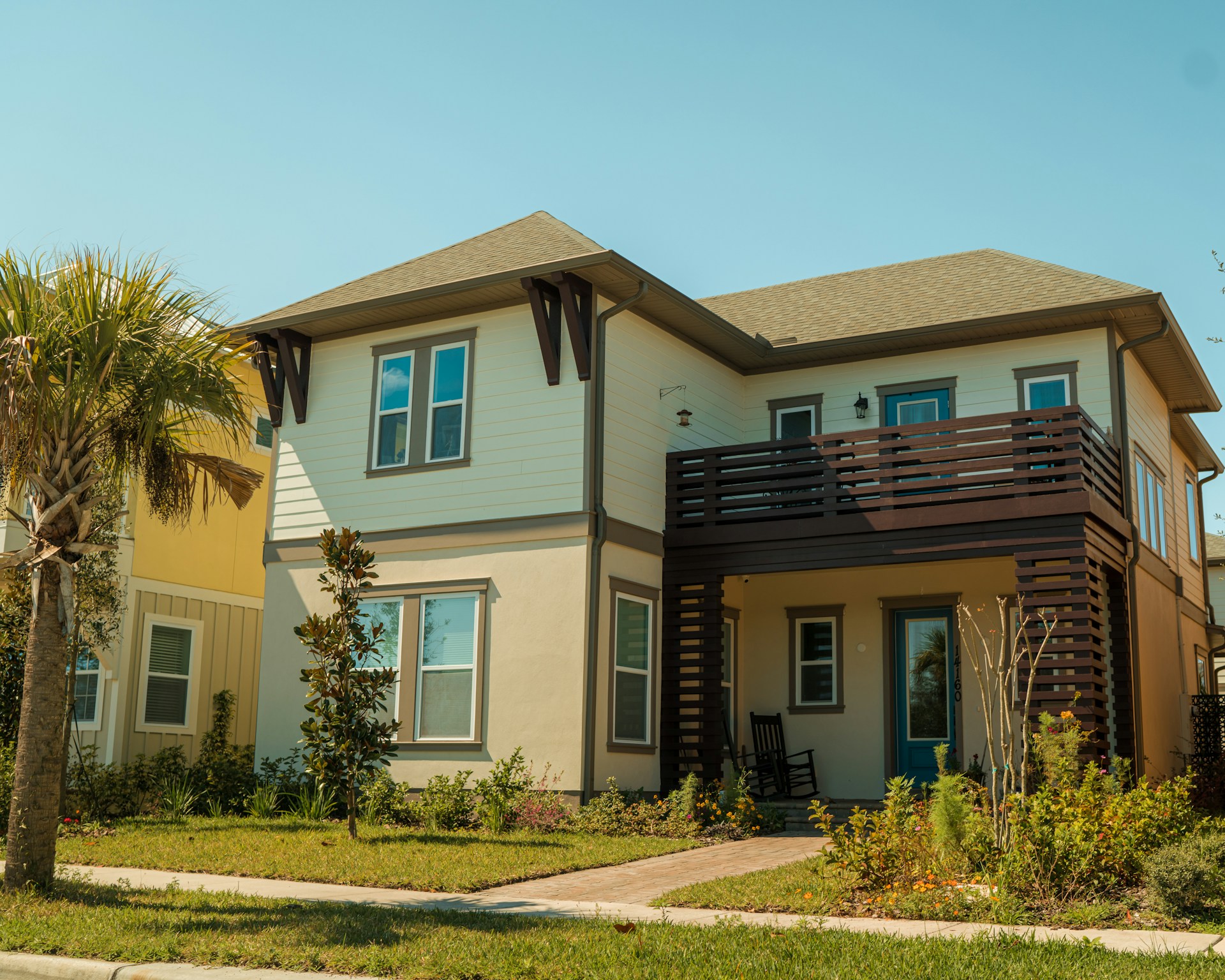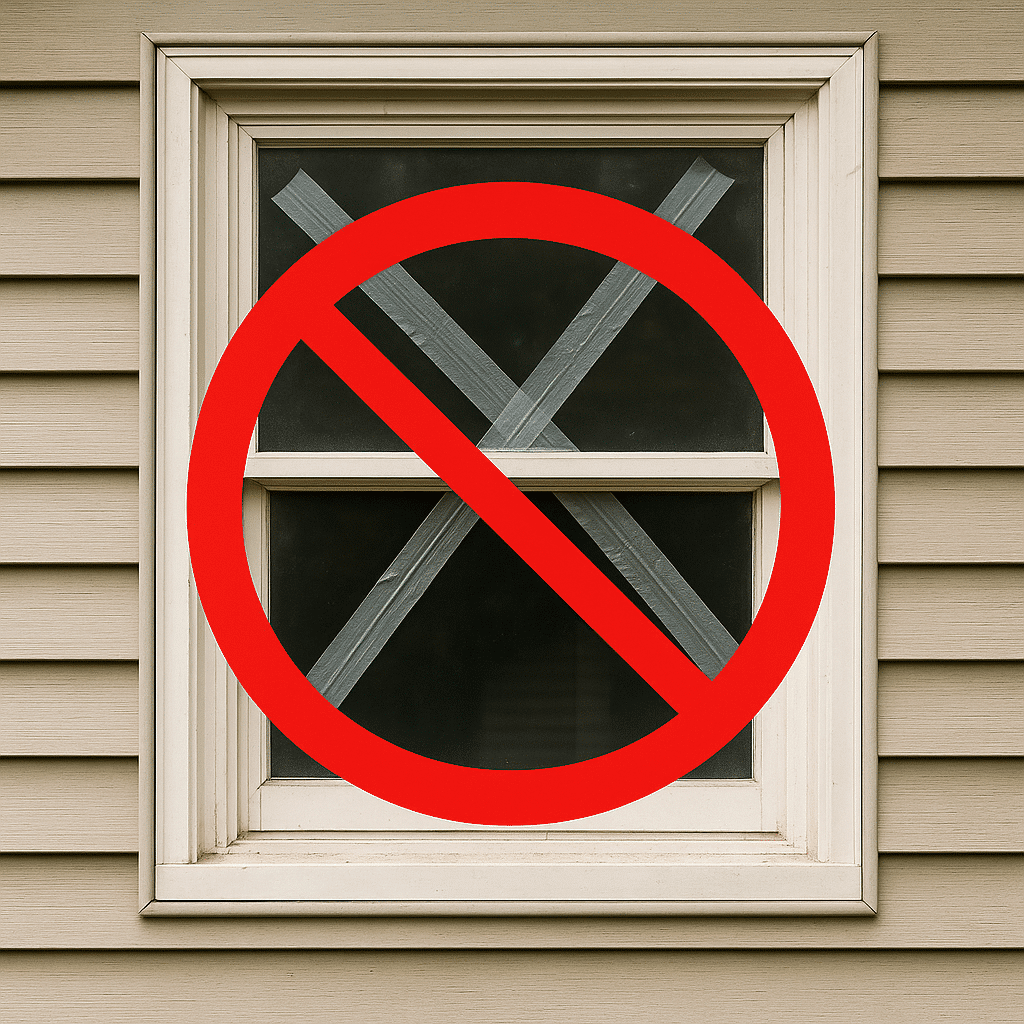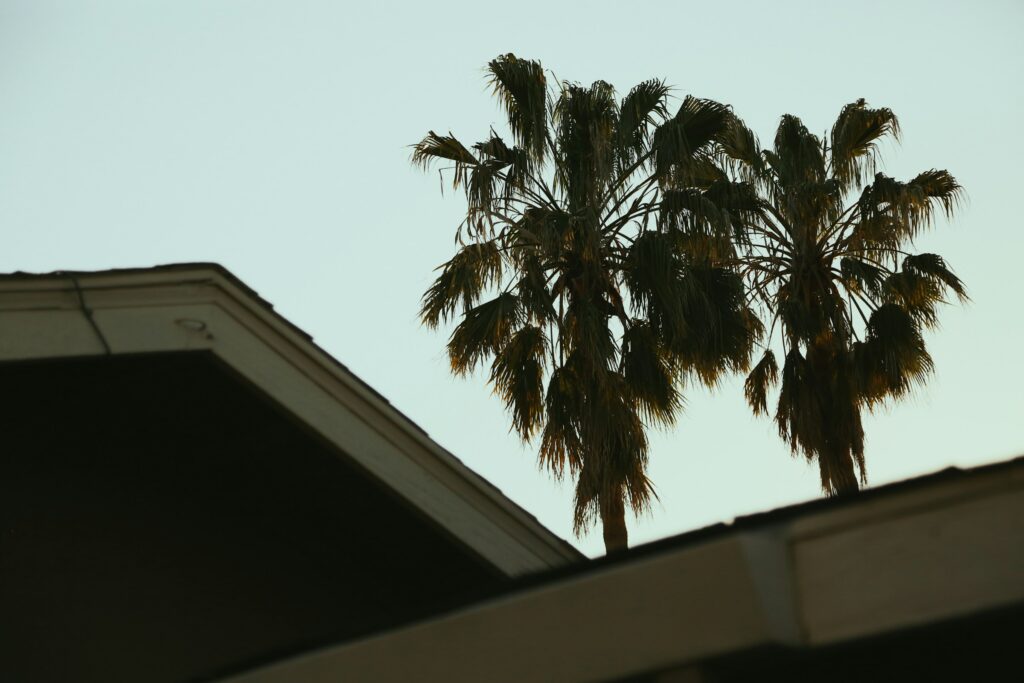
Hurricane-prone regions require additional protection measures. With proper windows, you can safeguard your home and reduce the risk of serious damage from natural disasters. To get extra protection and ensure your house is safe, you can resort to two main solutions: impact-resistant windows (often marketed as “hurricane windows” when they carry required approvals) and storm windows as a secondary layer.
Storm windows might be considered a third option, as they primarily serve as a secondary layer of defense rather than a standalone solution for severe weather.
Each of these window types have unique characteristics and offer several benefits. What option is the best? What are the key differences between them? This article contains answers to these questions as we share the most important information to help you prepare for hurricane season in the state of Florida and provide guidance on window replacement.
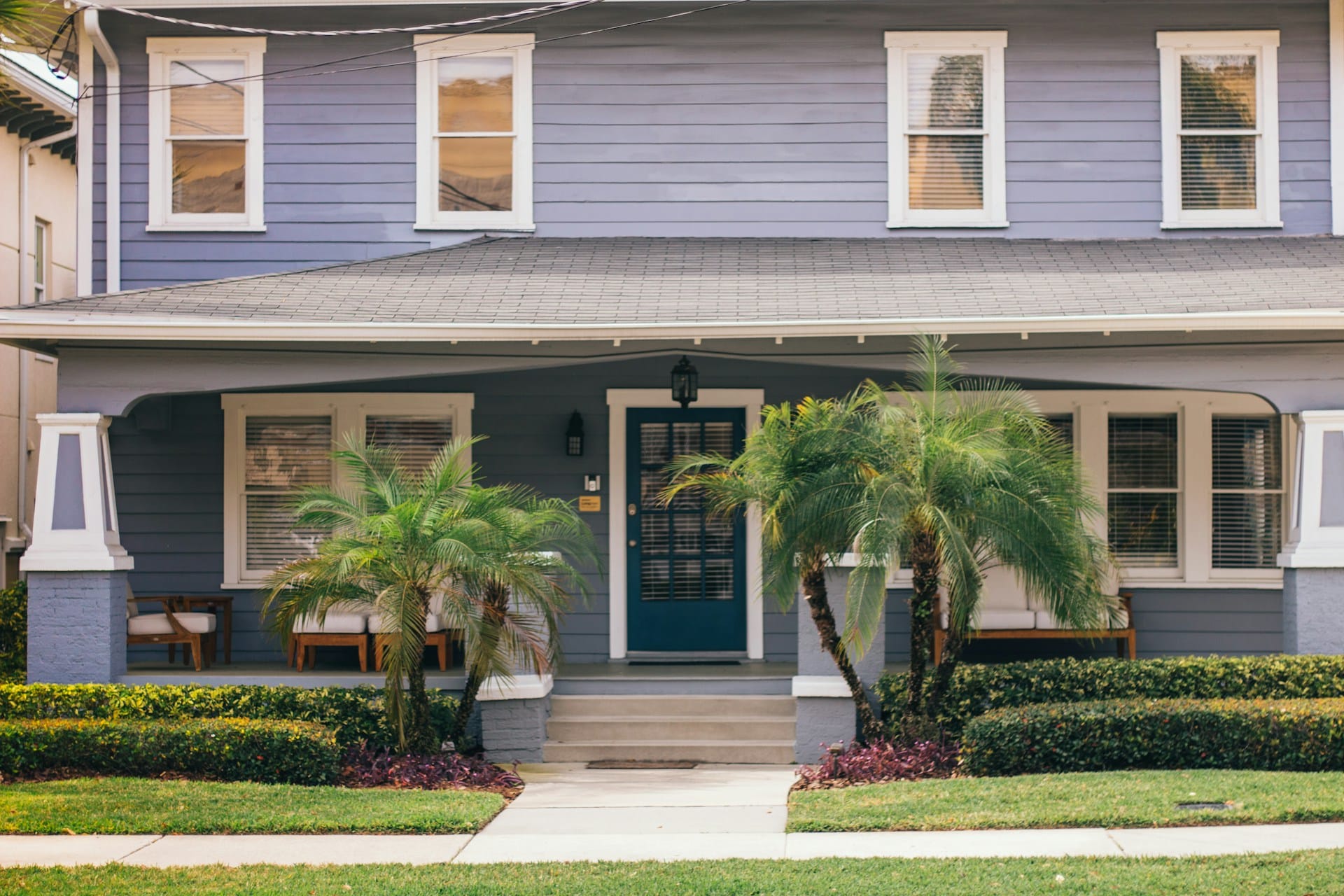
What Are Impact Windows?
Impact windows were developed for extreme situations (storms, hurricanes, etc.). Designed according to modern standards with laminated glass and layers of durable material, these elements help resist windborne debris and pressure cycling. If your current house security doesn’t seem to be enough, consider replacement impact windows for advanced resistance.
If you live in cities like Naples and Fort Myers in Southwest Florida, impact-resistance should be your top priority. However, you also get additional advantages that go beyond storm protection, such as:
- Noise reduction
- Improved energy efficiency (varies by glass package and frame)
- Potential increase in property value
What Are Hurricane Windows?
The name “hurricane windows” says it all, as hurricane-resistant solutions are commonly understood to be impact-resistant windows that have the required approvals for hurricane zones. In other words, the underlying technology is the same: laminated safety glass and reinforced framing designed to resist windborne debris and cyclic pressures. The key distinction is verification and approval for your jurisdiction.
Hurricane-resistant units are tested to match specific standards. They include:
- ASTM E1886 (testing procedure): Standard testing for the performance of exterior constructions, curtain walls, doors, and impact protective systems impacted by missiles and exposed to cyclic pressure differentiation. It works in conjunction with ASTM E1996.
- ASTM E1996 (performance criteria): Certification for the performance of exterior elements, curtain walls, doors, and impact protective systems.
- AAMA 506: Required for impact and cycle testing of Fenestration Products.
Approved labels must identify the manufacturer, approved product certification agency, and characteristics. The impact-resistant glass and framing should have appropriate ratings and approvals to match specific regional wind-load requirements.
Even if the construction is damaged by flying debris during the hurricane, the polymer interlayer holds glass fragments together, helping prevent the glass from breaking into large shards or completely falling out.
Another crucial point to mention about hurricane-ready impact windows is a durable frame. It is stronger than similar elements in standard windows, which is important for extra protection during storms.
When Do You Need Storm Windows?
Consider storm options if you want an affordable and practical way to enhance your home's insulation and provide a secondary layer of protection for your existing windows. While not designed as a primary solution for hurricane zones like Florida, storm windows can help shield your home from moderate weather events, reduce noise pollution, and improve energy efficiency.
They are also a cost-effective investment in your home and help improve comfort, reduce energy costs, and extend the life of your primary windows. While they don't provide the resistance of impact-rated, approved windows, they are a solid choice for added security and weatherproofing in less extreme conditions.
Key Differences Between Storm, Hurricane, and Impact Windows
The main question among clients is: what type of units is the best? Well, it depends on the purpose and requirements, as every type of fixture is suited for specific cases. Let’s define the key differences, so you’ll understand what option is the best for you.
Wind and Impact Protection
In hurricane-prone areas, approved impact-resistant products—often marketed as “hurricane windows”—are designed to protect against powerful winds and flying debris. These provide substantially higher protection than non-impact products and storm windows.
For example, if you live in Tampa and need strong and durable windows, hurricane-proof options that carry the appropriate approvals are the ideal choice to help ensure safety and resilience.
Energy Efficiency
All of the options can help improve energy efficiency and indoor comfort, depending on the glass package and frame. If energy efficiency is your priority, any of the discussed replacement window approaches can contribute, with impact-rated products also delivering storm-related benefits.
Pricing and Installation
Costs vary by size, frame material (vinyl or aluminum), glass package, design pressure rating, and required approvals (for example, High-Velocity Hurricane Zone approvals typically increase price). Storm windows can be more affordable because they add a secondary layer over existing windows rather than replacing them. Regardless of choice, professional installation is important for performance.
Support for Insurance Claims
Impact-resistant solutions installed in your home may help reduce the cost of insurance. Many insurance providers offer discounts for homes equipped with approved impact-resistant products due to the reduced risk of storm-related damage. The savings vary by insurer and region.
Hurricane windows (i.e., approved impact products) can help you secure the same insurance benefits. Additionally, they can increase your home’s overall market value in storm-prone areas.
How to Choose Windows for Your Home?
When picking the right units for your property, it’s essential to consider these factors:
- Climate: In the state of Florida, choose products designed for moisture, humidity, and coastal exposure. Impact-rated units with the appropriate approvals are typically recommended for hurricane-prone regions.
- Location: Florida includes zones with different windborne-debris requirements. Identify the risk level and approval requirements for your area first so you know what rating and documentation you need.
- Your budget: Pricing depends on rating level, materials, size, and approvals. While impact-rated products are a larger investment than standard windows, they combine protection, comfort, and potential insurance benefits in one solution.
Upgrade Your Home with Strong Windows
Storm, hurricane, and impact windows all aim to improve protection, but they are not interchangeable. In hurricane zones, approved impact-resistant products are the primary solution, while storm windows are best viewed as supplemental.
If you feel like you need a professional opinion on what windows to choose for your Florida home, team up with an experienced local contractor. FHIA Remodeling is here for you. Our professionals have helped thousands of homeowners secure their houses and protect their families.
We perform high-quality installations and replacements, ensuring customers are satisfied with the final result. Get in touch for a consultation today.
FAQ
Which is better: impact, hurricane, or storm windows?
“Hurricane windows” is a common term for approved impact-resistant windows used in hurricane zones. These provide the highest level of storm protection for most homes. Storm windows are primarily a secondary layer over existing windows and are not a substitute for impact-rated, approved products in hurricane-prone areas.
Are impact and storm windows the same?
No. Impact-resistant products are engineered and tested to resist windborne debris and pressure cycling. Storm windows are an added layer that can improve insulation and comfort over existing windows but are not designed as a primary hurricane solution.
What disadvantages do impact windows have?
Impact-resistant windows typically cost more than standard windows and, like any exterior product in coastal environments, benefit from proper specifications and maintenance to handle UV, salt, and humidity over time.
Can impact windows withstand category 5?
Windows and doors are not rated by hurricane “category.” They are evaluated by impact testing and design pressure (DP), and by whether they have the required approvals for your jurisdiction. Always verify the specific ratings and approvals for the product you are considering.
Is it necessary to get hurricane shutters if I have impact windows?
If all openings are protected by approved impact-resistant products, additional shutters are typically not required. Some homeowners still choose shutters for redundancy. Confirm requirements with your local building authority and insurer.
What are the negative aspects of impact windows?
The primary trade-offs are higher upfront cost versus standard windows and the need to specify quality frames/finishes suitable for coastal exposure. Proper installation and maintenance help ensure long service life.
What solutions are the best for hurricanes?
Approved impact-resistant windows and doors are generally recommended for hurricane-prone areas. Storm windows can supplement existing windows in less extreme conditions but are not a replacement for impact-rated products.
How much wind can high-impact windows withstand?
Performance depends on the product’s design pressure rating and its tested/approved configuration. Instead of mph or hurricane categories, review the DP rating and the product’s approval listing for your region.
70% off Installation
18 months no interest no payments

